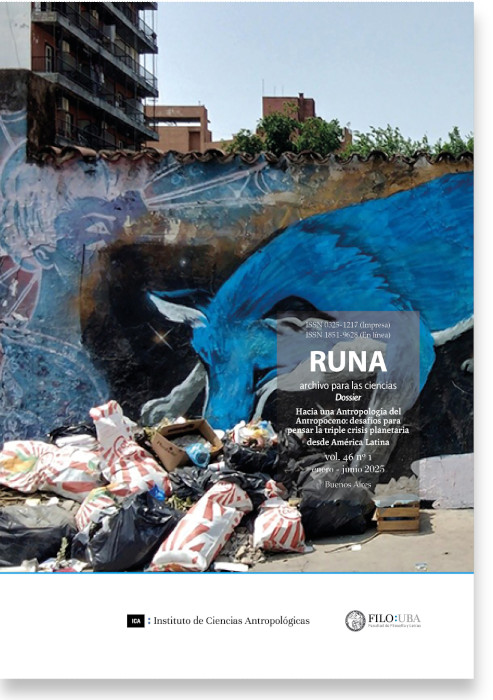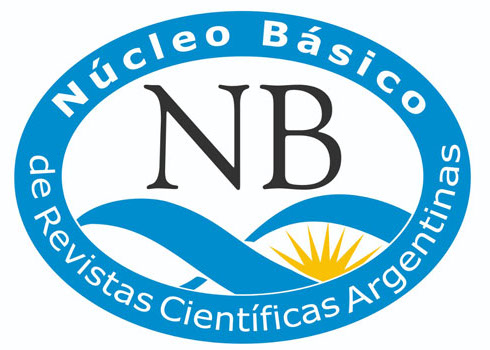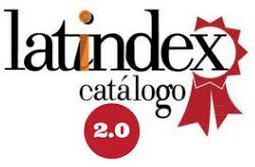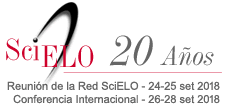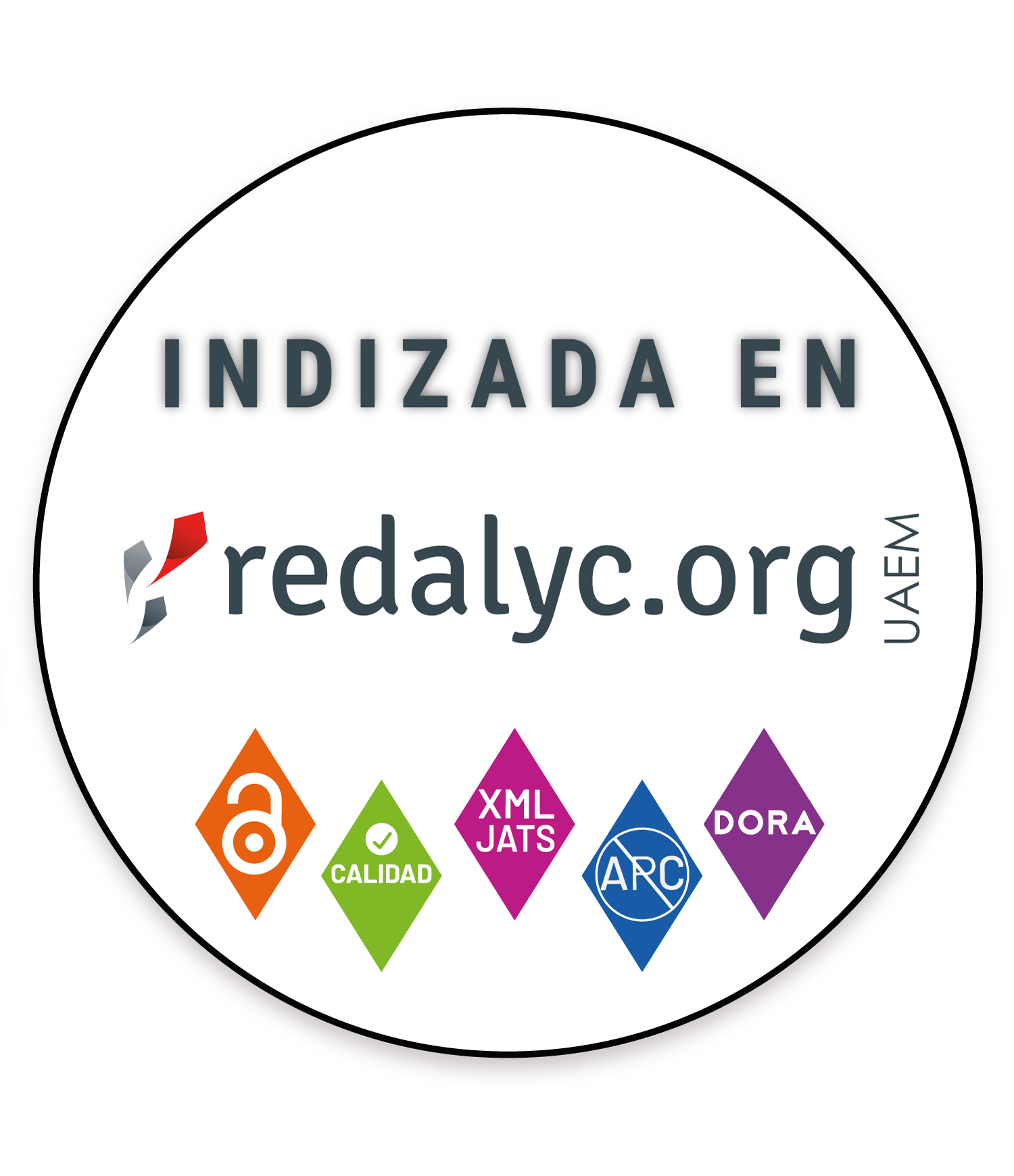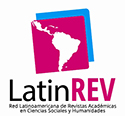Knowledge traditions and sociotechnical networks
scenes from the history of bioplastics made in Argentina
Abstract
The current ecological crisis calls for considering solutions that reverse or at least mitigate successive human actions that worsen the environmental and climatic situation. One such solution can be found in the substitution of products or goods that produce pollution, such as plastic objects. For some decades now, actors in the scientific-industrial field have been engaged in the search for such alternatives and are in the process of research and development of the so-called bioplastics, materials derived from biomass, of rapid environmental degradation and similar in their physical-chemical and mechanical properties to plastics of synthetic origin and slow degradation. As a result of field work carried out in a socio-technical network formed by a university laboratory and another lab from a cassava starch producing cooperative, in this paper we will contextualize the recent history of the development of bioplastics in Argentina, from a perspective that focuses on techniques and material developments from a processual and non-essentialist point of view. We try to demonstrate that techno-scientific practices and activities in formal spaces such as laboratories can be considered in themselves ecological phenomena, composed of certain interactions between humans and non-humans rooted in different traditions of knowledge.Downloads
References
Abrahms-Kavunenko, S. (2021). Towards an anthropology of plastics. Journal of Material Culture, 28 (1), 3-23.
Barth, F. (2002). “An Anthropology of Knowledge”, Current Anthropology, 43 (1). 1-18
Bensaude-Vincent, B., Stengers, I. (1996). A History of Chemistry. Cambridge Massachusetts, Estados Unidos: Harvard University Press
Bensaude-Vincent, B. (2007) “Reconfiguring Nature Through Syntheses: From Plastics to Biomimetics.” en B. Bensaude-Vincent, W.R. Newman. (Ed.), The Natural and the Artificial. An Ever-Evolving Polarity (293-312). Cambridge Massachusetts: MIT Press.
Bensaude-Vincent, B. (2022). Between Nature and Society. Biographies of Materials. Singapore: World Scientific Publishing Co.
Callon, M., Law, J. (1998): De los intereses y su transformación. Enrolamiento y contraenrolamiento. En: Domenech, M. y Tirado, F.: Sociología simétrica. Bareclona: Gedisa.
Gibson, J. (2014). The Ecological Approach to Visual Perception. Nueva York, Estados Unidos: Psychology Press
Hallam, E., y Ingold, T. (2014). Making and growing. An introduction, en T. Ingold y E. Hallam (Ed.), Making and growing. Anthropological Studies of Organisms and Artefacts (pp. 1-25), Burlington, Reino Unido: Ashgate.
Haraway, D. (1999). La promesa de los monstruos: una política regeneradora para otros inapropiados/bles. Politica y Sociedad 30, 121-163.
Ingold, T. (2007). Lines: a brief history. Oxfordshire, Reino Unido: Routledge.
Ingold, T. (2013). Los Materiales contra la materialidad. Papeles de Trabajo, 7 (11), 19-39
Latour, B. (2008). Reensamblar lo social. Una introducción a la teoría del actor-red, Buenos Aires, Argentina: Manantial.
Lave, J. y Wenger, E. (1991). Aprendizaje situado. Participación periférica legitima. Nueva York, Estados Unidos: Cambridge University Press.
Law, J., y Bijker, W. (1992). Shaping Technology/Building Society. Studies in technological change, Cambridge Massachusetts, Estados Unidos: MIT Press.
Lemonnier, P. (1993). Technological choices. Transformation in material cultures since the Neolithic, Londres, Reino Unido: Routledge.
Meikle, J. (1995). American Plastic: A Cultural History. Rutgers University Press.
Mura, F. (2011). “De sujeitos e objetos: um ensaio crítico de Antropología da técnica e da tecnología”, Horizontes Antropológicos, 17(36), 95-125.
Mura, F., y Padawer, A. (2022). Procesos técnicos y tradiciones de conocimiento locales: miradas desde/hacia Brasil y Argentina. Espaço Ameríndio, 16(3), 1-30.
Padawer, A. (2023). La confianza en la producción de conocimiento: estudio de una red socio-técnica para elaborar materiales basados en almidón de mandioca en Misiones (Argentina). Revista Maguare, 37(2), 17-58.
Padawer, A., y Basso, N. (2024). Flujos y transformaciones de lo “vivo”: la producción de conocimiento sobre biomateriales en una cooperativa y un laboratorio. En G. Schiavoni. (Ed.), Técnicas que alimentan. Conocimiento y valorización de productos de la pequeña agricultura de Misiones, Posadas, Argentina: Editorial de la Universidad Nacional de Misiones.
Sánchez, M. (2020). El surgimiento de los bioplásticos: un estudio de nichos tecnológicos. Acta universitaria, 30.
Salcedo-Mendoza, J. G., Rodríguez-Lora, M. C., y Figueroa-Flórez, J. A. (2016). Efecto de la acetilación en las propiedades estructurales y funcionales del almidón de Yuca (Manihot esculenta Crantz) y Ñame (Dioscorea Alata cv. Diamante 22), Revista Mexicana de Ingeniería Química, 15(3), 787-796.
Sautchuk, C. (2017). Técnica e/em/como transformação, en Carlos Sautchuk (Ed.), Técnica e transformação: perspectivas antropológicas, Rio de Janeiro, Brasil: ABA Publicações.
Shove, E., Watson, M., Hand, M., y Ingram, J. (2007). The Design of Everyday Life (Cultures of Consuption Series). Berg Publishers
Simondon, G. (2015). La individuación a la luz de las nociones de forma y de información, Buenos Aires, Argentina: Cactus.
Tonuk, D. (2016). Making Bioplastics: An Investigation of Material-Product Relationships (Tesis de doctorado). Universidad Lancaster, Reino Unido.
Copyright (c) 2025 Nicolas Basso, Ana Padawer

This work is licensed under a Creative Commons Attribution 4.0 International License.

Runa, archivos para las ciencias is a publication of the Instituto de Ciencias Antropológicas, Facultad de Filosofía y Letras, Universidad de Buenos Aires and is distributed under a Creative Commons Attribution 4.0 International License.
Runa maintains its commitment to the policies of Open Access to scientific information, considering that both scientific publications and publicly funded research should circulate on the Internet freely, free of charge and without restrictions.
The contents and opinions expressed in published articles are the sole responsibility of their authors.
